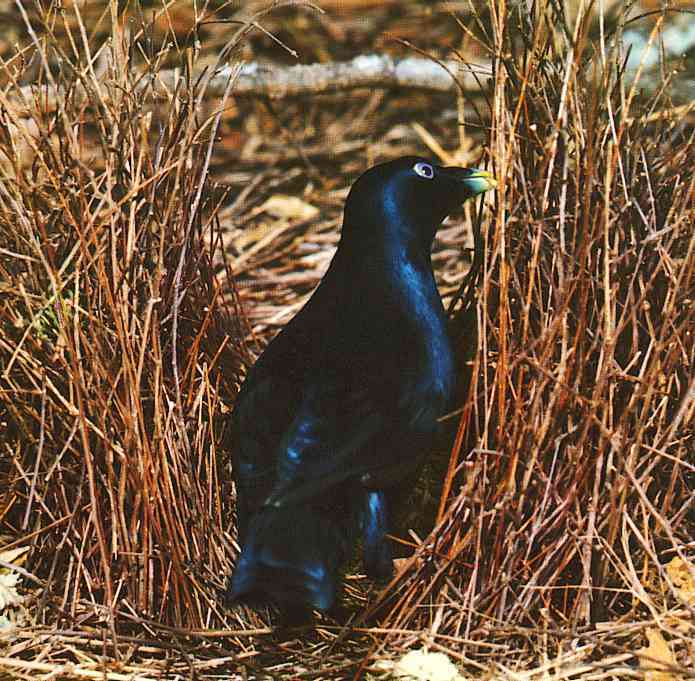|
| Query: bird | Result: 3128th of 32675 | |
Satin-Bird
| Subject: | Satin-Bird
| | Poster: | "Trudie" (trudiewaltman@hetnet.nl)
| |

| File size : 71126 bytes
File date : 2000:01:06 09:52:22
Resolution: 695x681
Jpeg process : Baseline
Posted Newsgroups: alt.binaries.pictures.animals
Posted Date: Tue, 14 Dec 1999 15:01:14 +0100 |
Satin-Bird
Groetjes Trudie
******************
filename="Satin-Bird-TR-.jpg" |
^o^
Animal Pictures Archive for smart phones
^o^
|
|

